Lake Nasser is one of the biggest man-made lakes in world. Besides its economic importance, the Lake is one of Egypt’s important bird areas (IBA). Here are 10 facts about Lake Nasser.
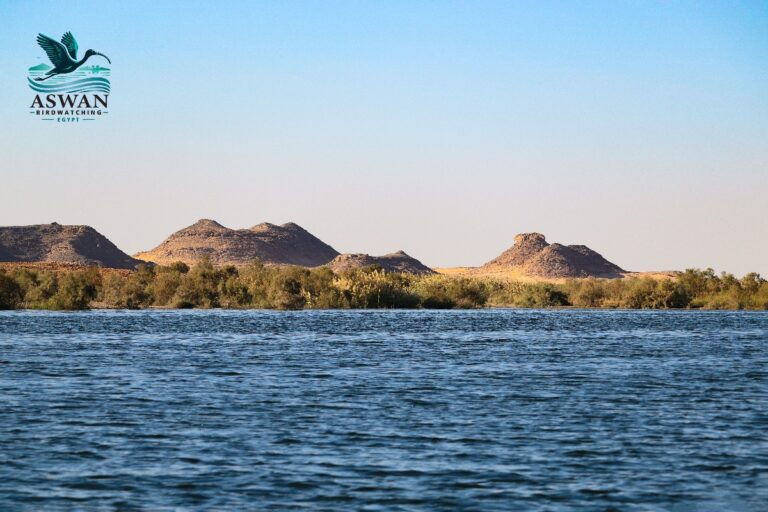
1- Huge Reservoir
Lake Nasser Lake Nasser is a huge man-made water reservoir extending for about 300 km upstream the Aswan High Dam in Egypt and continues as Lake Nubia for another 200 km in Sudan. It has an average width of 10 km, hence an area of about 5000 sq. km.
2- Nasser’s Achievement
The lake was formed between 1964 and 1976, after the construction of Aswan High Dam, which generates 2.1 gigawatts of hydroelectric power, providing a substantial portion of Egypt’s electricity. The lake is named for the Egyptian president, Gamal Abdel Nasser.
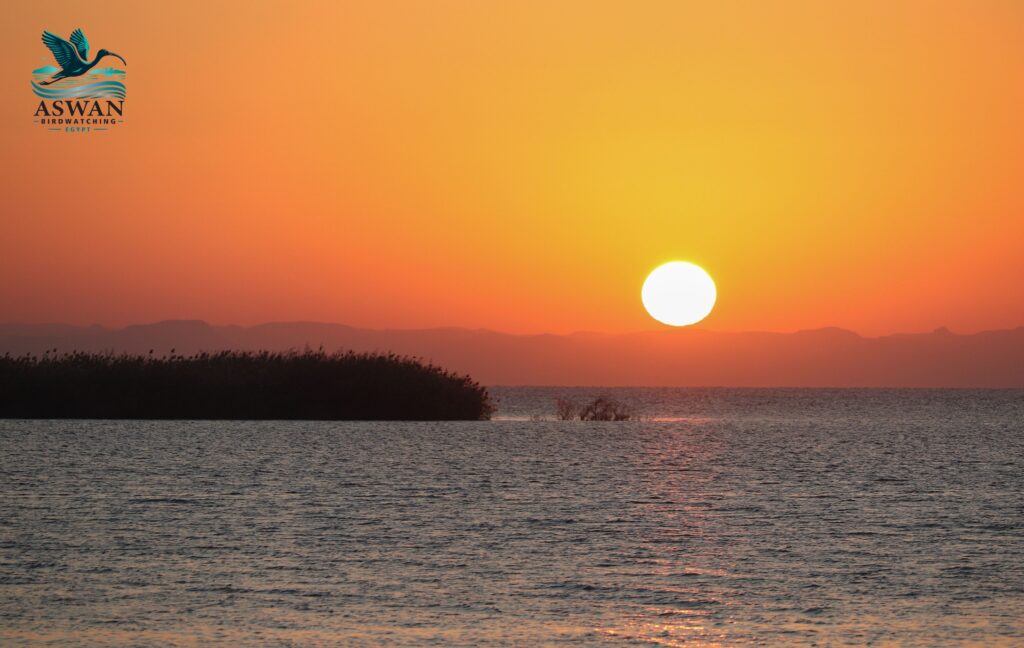
3- Nubian displacement
The lake formation led to displacement of the Nubian people, who were the original resident of the area. Along the lake, there are several ancient sites like Kalabsha temple, Wadi Essbua temple, Amada temple, and the great Abu Simbel temple, which were carefully relocated by UNISCO.
4- Important resource
The lake is a vital economic resource for Egypt, supporting agriculture, fishing, and tourism industries. Some of the eastern Wadis are also very important for gold mining.
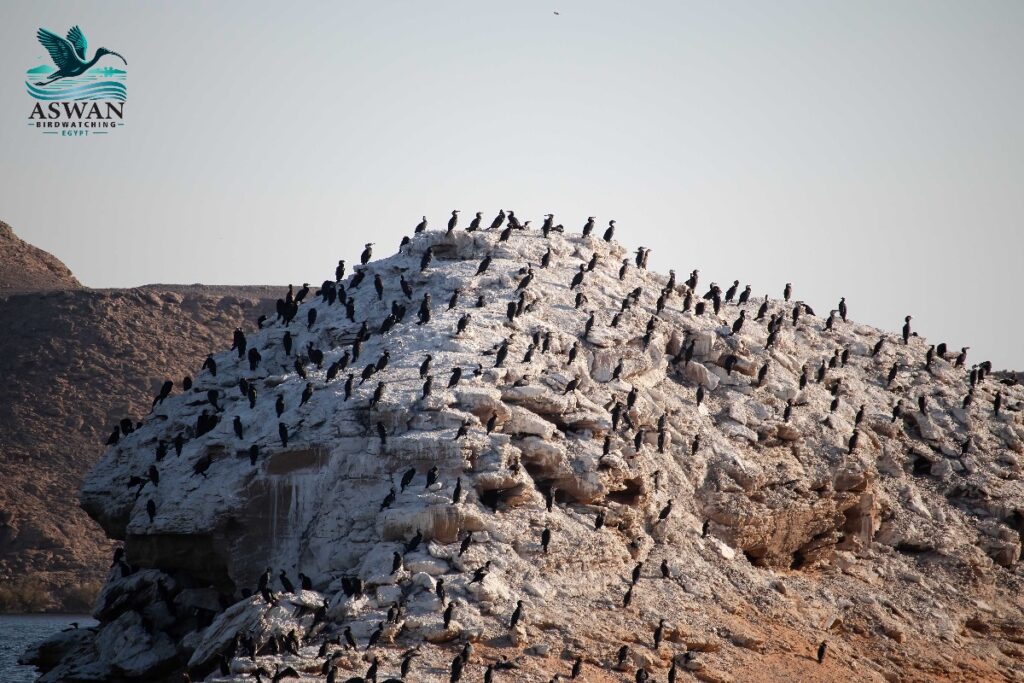
5- Ecological value
The creation of Lake Nasser offered new ecological niches for many species, particularly birds, as well as for locally breeding populations of the Egyptian Goose.
6- Heaven for birds
Lake Nasser has become an important wintering area for migratory Palaearctic water birds, the reason for putting the Lake on the list of Important Bird Sites in Egypt (IBA). Winter visitors of the Lake include Ferruginous Duck, White Pelican, Great Cormorant, and Black-headed Gull.
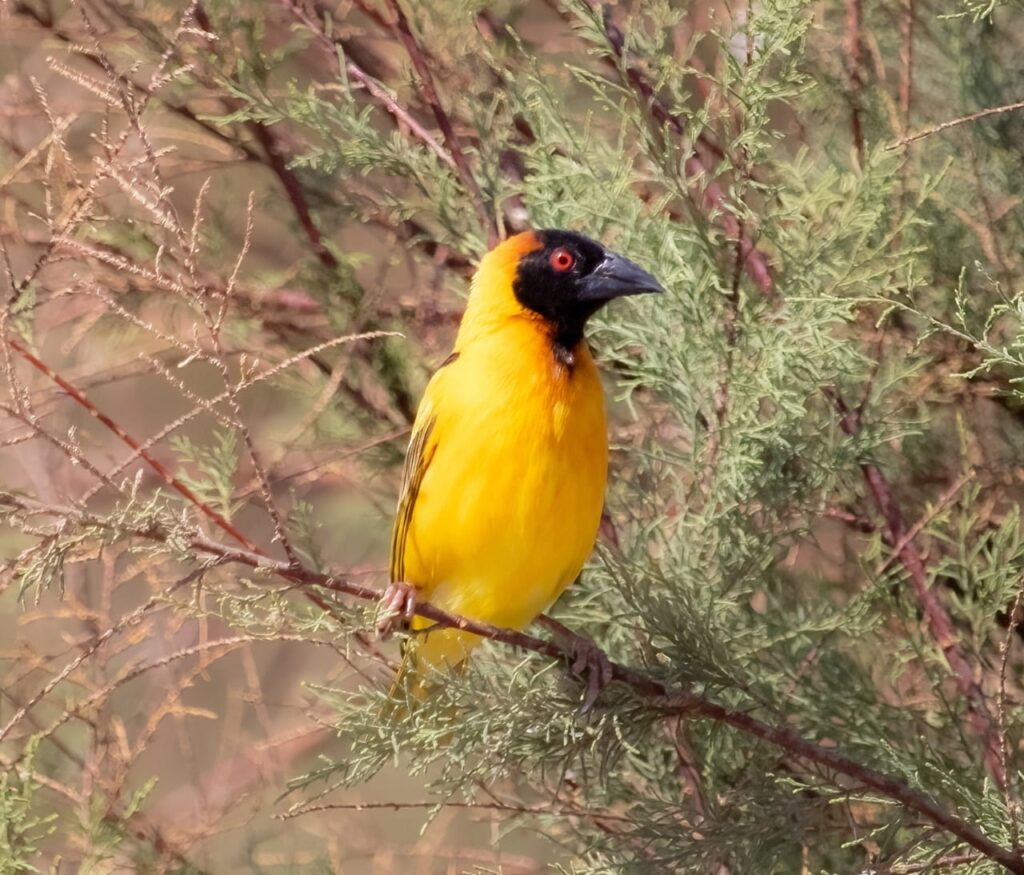
7- African species
During the summer, significant numbers of Yellow-billed Storks can be seen on the Lake. Some African bird species like Reed Cormorant and Village Weaver have been spotted recently on the lake.
8- Prominent IBA
Regarding the country’s important birds, the African Pied Wagtail bred at the Lake’s wetlands and not elsewhere in Egypt. Kittlitz’s plover, Purple heron, Glossy Ibis, and some other birds breed also at Lake Nasser’s shores.
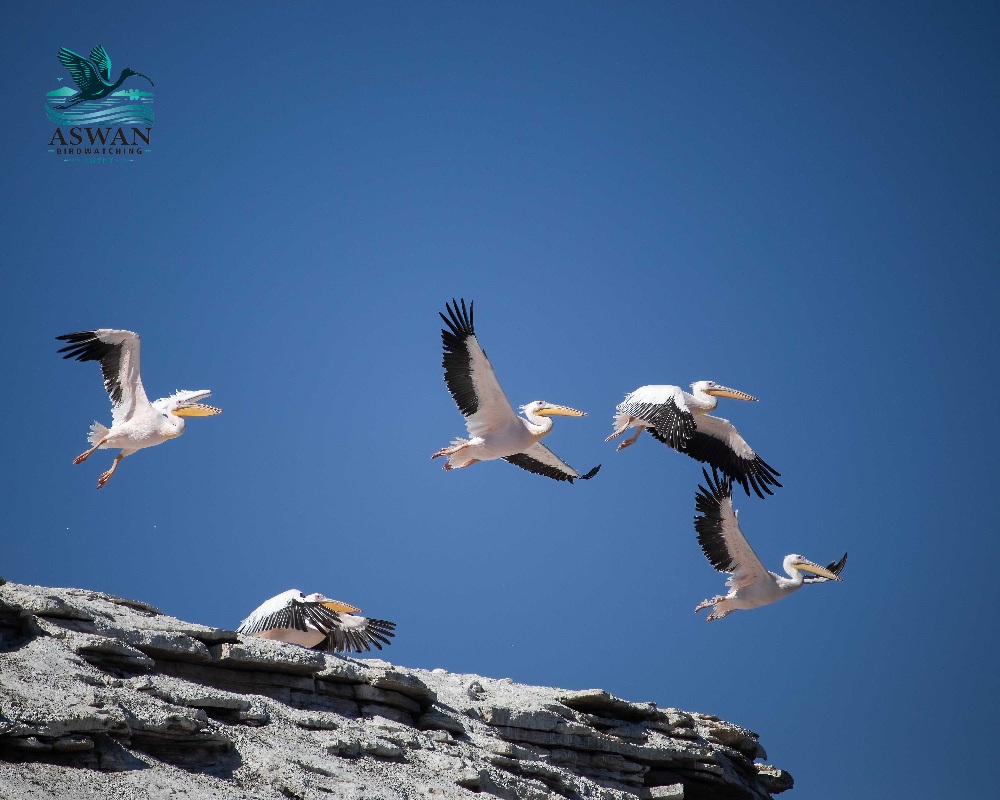
9- Hunting ban
In October 2023, a decision was issued by the Egyptian environment authorities to ban bird hunting in Lake Nasser.
10- Crocodile’s lake
The lake shores are also the only habitat of the northernmost populations of the Nile crocodile, which stand on the top of the food chain and achieve biological balance.
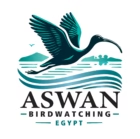
Pingback: Aswan’s birding paradise awaits passionate birders
Pingback: 10 fascinating facts about the Egyptian Goose
Pingback: Historic First: Village Weaver Breeding in Egypt at Lake Nasser
Pingback: Exclusive: Crimson‑Rumped Waxbills Cooling Off in Lake Nasser
Pingback: 10 Fascinating Facts About the Crimson-rumped Waxbill